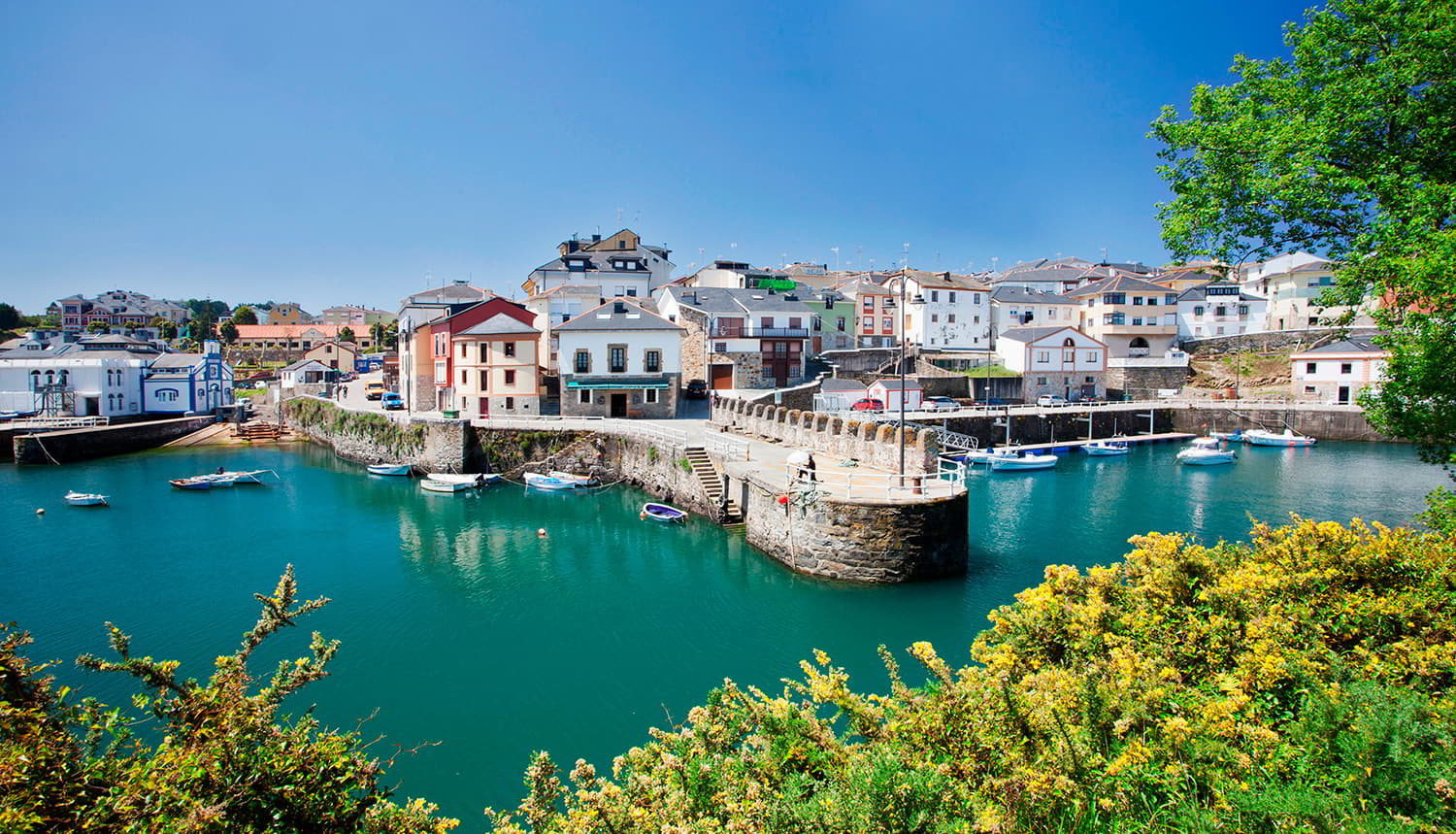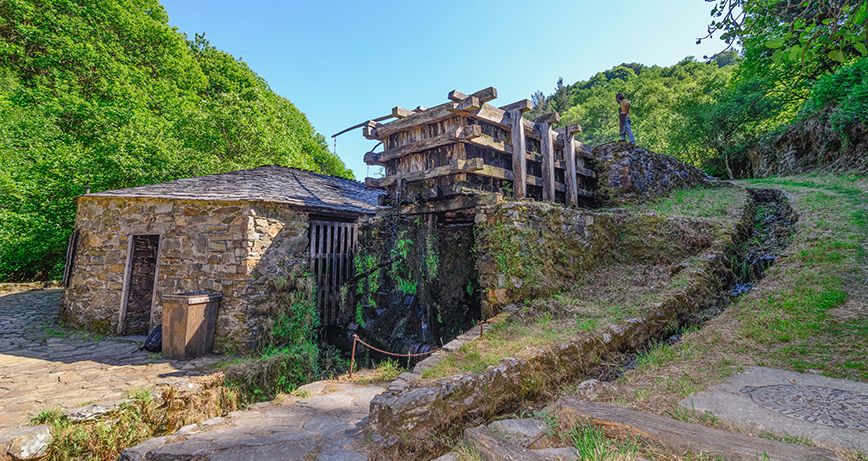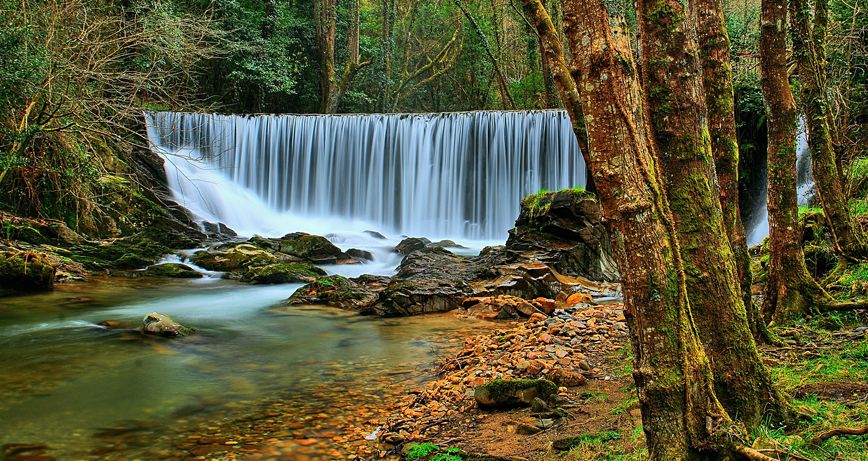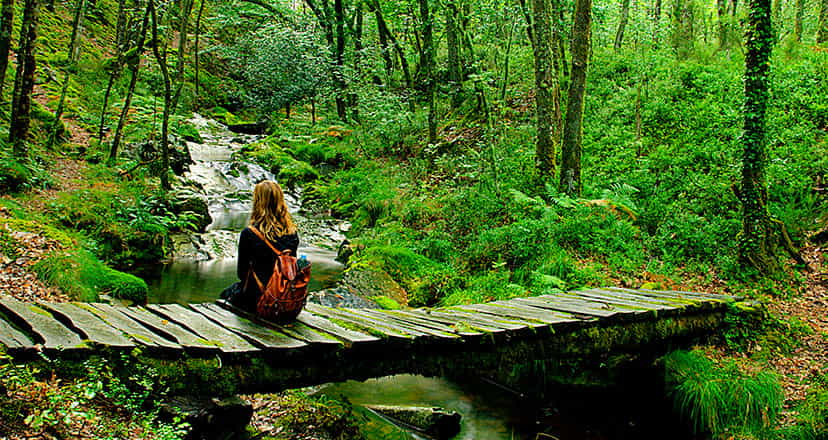Back What to see in and around Tapia
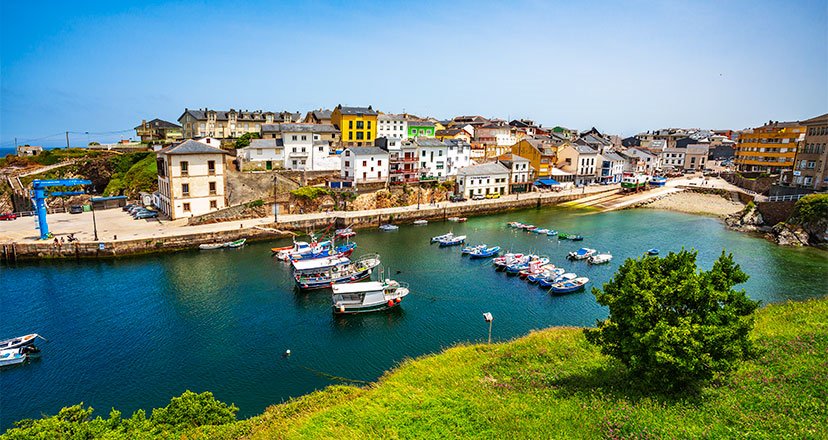
What to see in and around Tapia
The town of Tapia and its council offer many possibilities to enjoy the landscape, nature, culture and gastronomy. And in the surrounding area, both on the coast and inland, there are some very interesting destinations.
On a trip through western Asturias there are several obligatory stops, one of which is the town of Tapia, capital of the council of the same name. This picturesque fishing village on the Asturian coast attracts thousands of tourists every season. From surf lovers who come to enjoy the Semana Santa championship, to tourists practising slow travel, for whom hiking along the coastline, morning bike rides , swimming in the sea and sitting down to taste the delicacies of the Cantabrian Sea are their religion. If you are one of them, don't miss this post to find out what to see in the town of Tapia and learn a little bit of its history.
In addition, in the surrounding area you have interesting places such as the Eo estuary and the town of Castropol. Or other villages of great beauty such as Viávelez and Puerto de Vega. The famous waterfalls of Oneta, in Villayón. Or places like Los Oscos and Taramundi, all just a few minutes away by car!
We will start with the town of Tapia and its benefactor, Fernando Fernández Casariego y Rodríguez - Trelles.
A native of Tapia, he spent his childhood like all the children of the time, helping out at the farm and dreaming of flying out of the nest to forge another future for himself. Fernando Fernández Casariego y Rodríguez - Trelles was a resourceful young man and very soon succeeded in the textile sector in the Spanish capital. And this business success was largely due to a contract to supply the Elizabethan army in the First Carlist War. Throughout his business life he amassed a large fortune and, like so many other benefactors who arrived from the Americas with deep pockets, he invested part of his savings in improving the lives of his former neighbours.
Fernando Fernández Casariego y Rodríguez - Trelles succeeded in making Tapia an independent council. To this end, he endowed the town with an institute, a town hall and planned the new port, thus boosting the local economy.
A year before his death, in 1873, he was granted the titles of Marquis of Casariego and Viscount of Tapia in gratitude.
In the Plaza de la Constitución we find the bronze statue that pays tribute to him. Right there, on the façades of the Town Hall and the Institute, you can see medallions commemorating the third place obtained at the Universal Exhibition in Paris in 1878, a prize awarded for his architectural design.

The 4 quays of the Port of Tapia
The port of Tapia, due to its sheltered entrance, has been used since Roman times for mooring boats. In 1780, when Tapia ceased to be a whaling village, it was necessary to build a port to accommodate the new fishing boats and the merchandise ships that were dedicated to imports, and it was also necessary to improve the security of the port in order to combat piracy.
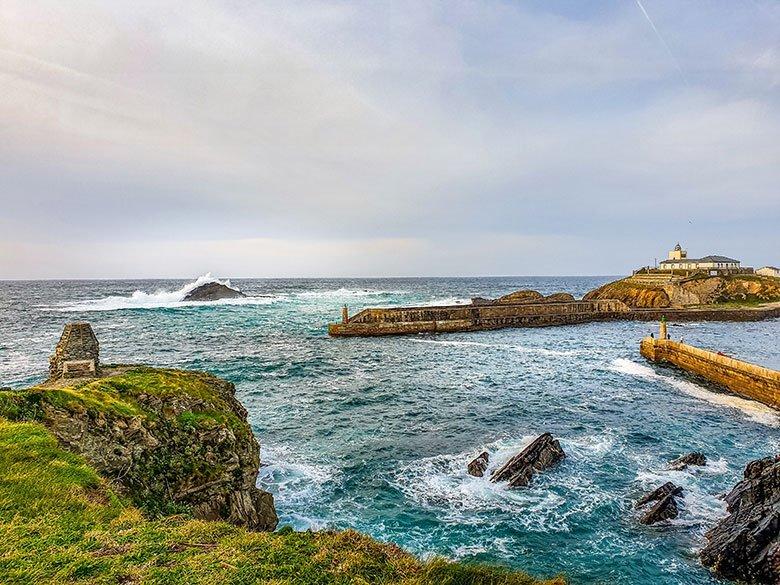
Did you know that the first ship from America carrying corn landed in Tapia in 1604? This is how it was introduced to Europe!
Four docks were built in Galician granite. The oldest is the Muelle del Rocín, where an old iron cannon from the fortress of Os Cañois is preserved (it is currently used as a mooring buoy). Two steps away is A Cucía, a place where the rigging was cooked to dye and camouflage it.
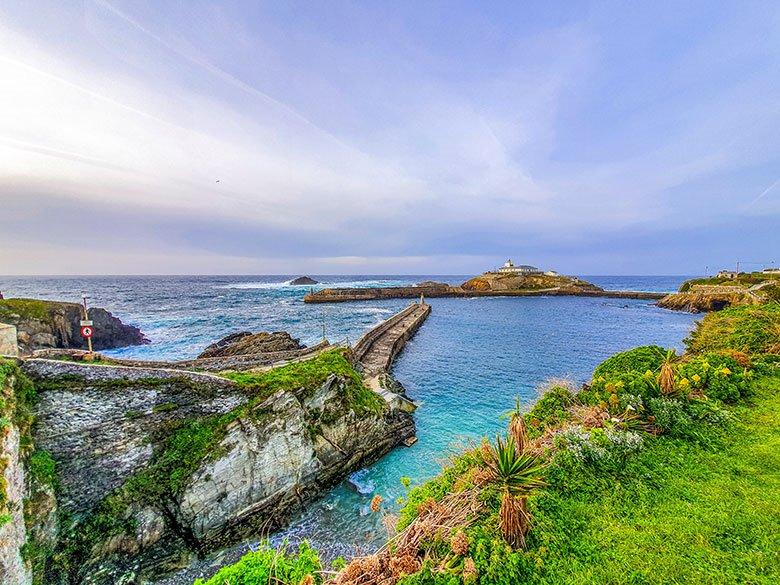
In the ruins of the fortress of Os Cañois, 2 gas beacons used in the second half of the 20th century and a smoked tower on one of the battlementsare preserved.
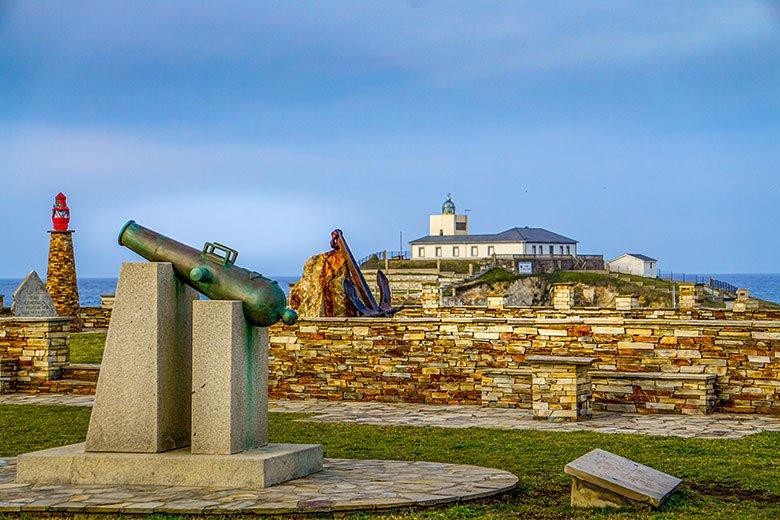
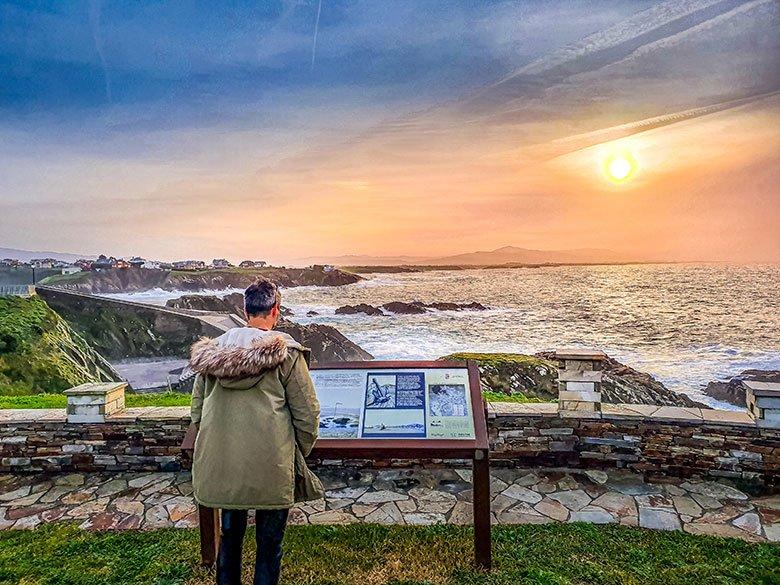
This fort with defensive purposes allows you to observe the horizon from the sea of Lugo to Cabu Peñes, passing by the beaches of Serantes, Mexota, Entreplayas or the Natural Monument of Penarronda Beach, among others.
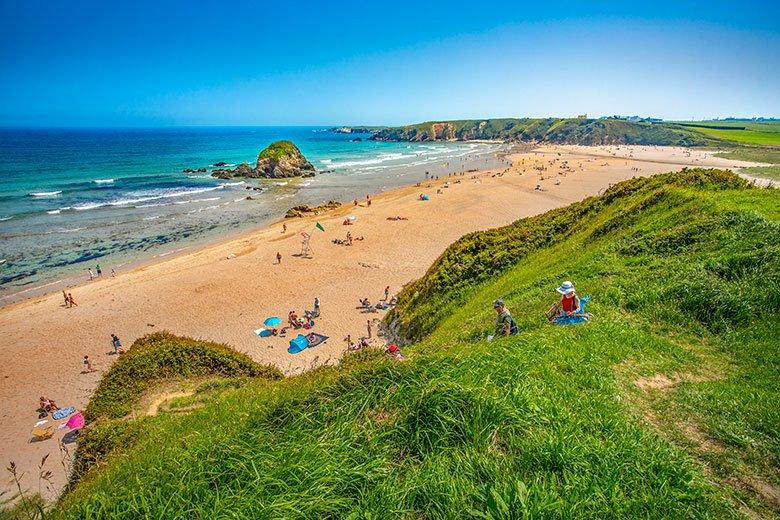
Atthe foot of Os Cañois there used to be an old cetárea that was converted into a municipal salted swimming pool without waves, ideal for those who don't like the sand on the beach.
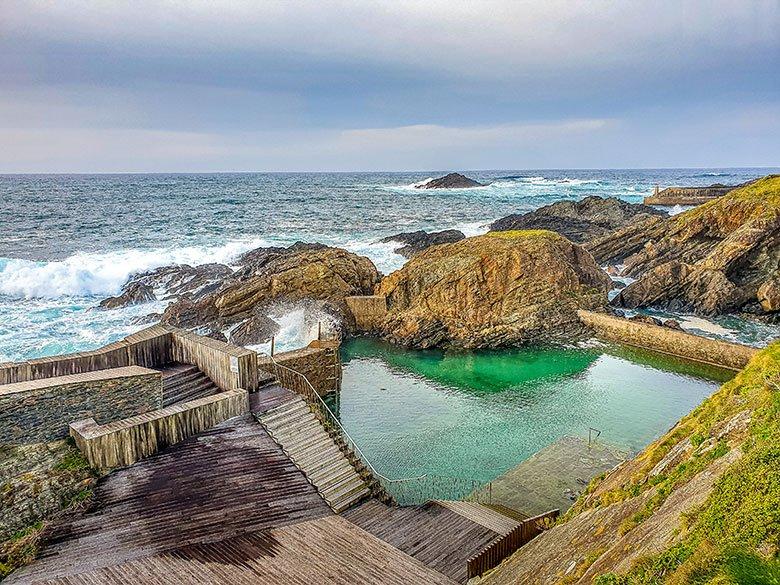
In fact, Anguileiro Beach is very close by. It is a beach of just over 400 metres in length with all the services and blue flag, formed by the beaches of Ribeira, Campos, Furadas and Murallón.
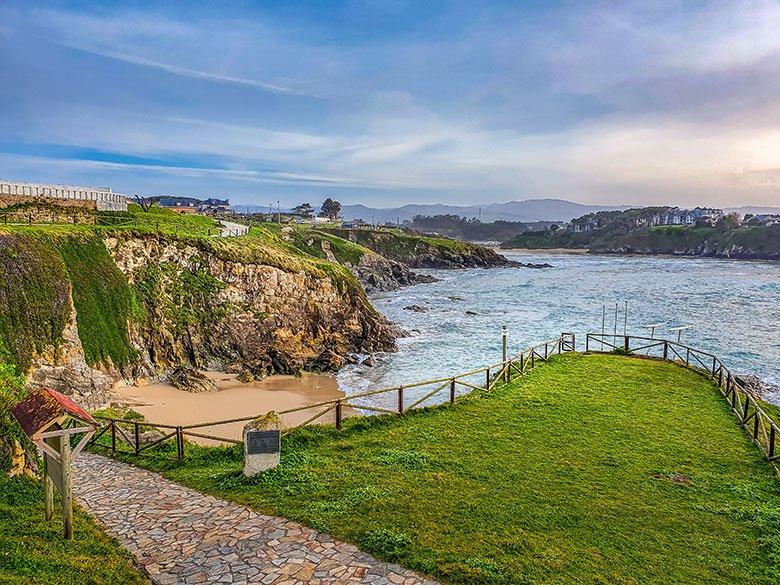

The widest quay was the Tierra quay. Here the fishermen's white houses stand out, which nowadays house several taverns and restaurants. Next to the quay ramp we find the bronze sculpture that pays homage to Men and Women of the Sea and, following the walk along the quay, the Virgen del Carmen (patron saint of sailors) appears.
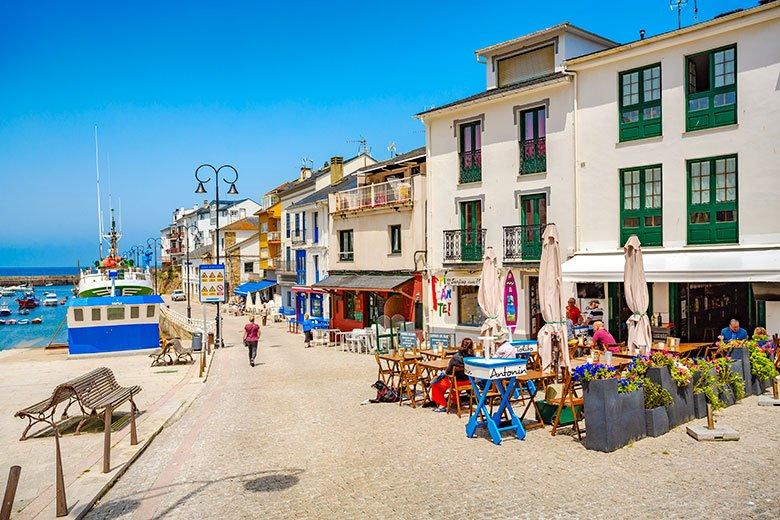
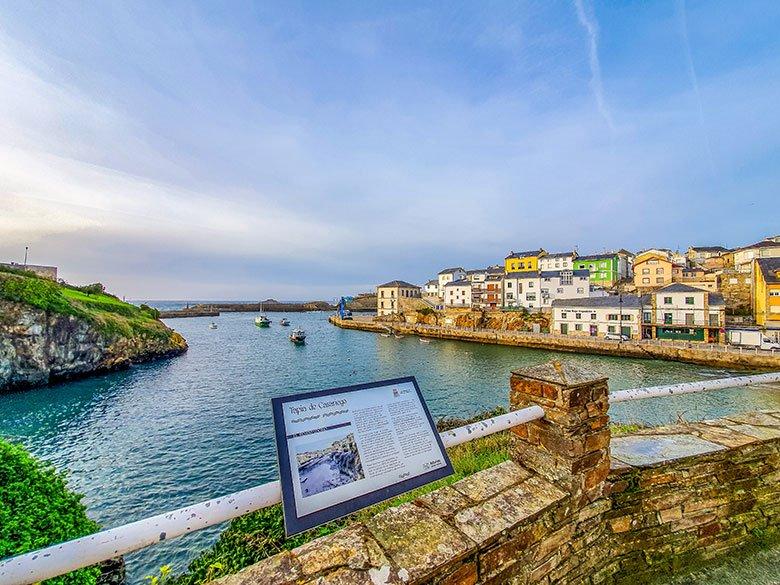
At the end is the house of a nephew of Fernando Fernández Casariego y Rodríguez - Trelles, who was also a benefactor of the work on the port, Pérez Casariego. The construction of the new port in the 19th century favoured the development of the canning industry.
The other two docks, the Muelle de Fora and the Muelle de Entreisla are linked to the Isla del Faro, a rocky outcrop where the Tapia lighthouse was built, inaugurated in 1859 and electrified in 1944.
The oldest buildings in Tapia
The hermitage of San Blas is one of the oldest in the council as it conserves the main doorway and the arch of the presbytery of the original temple from the 15th century. On the outside, the slate roof, so typical of this area, stands out. A few steps away is the Casa del Reguero, now the Casa de Cultura, considered the oldest building in Tapia (1613).
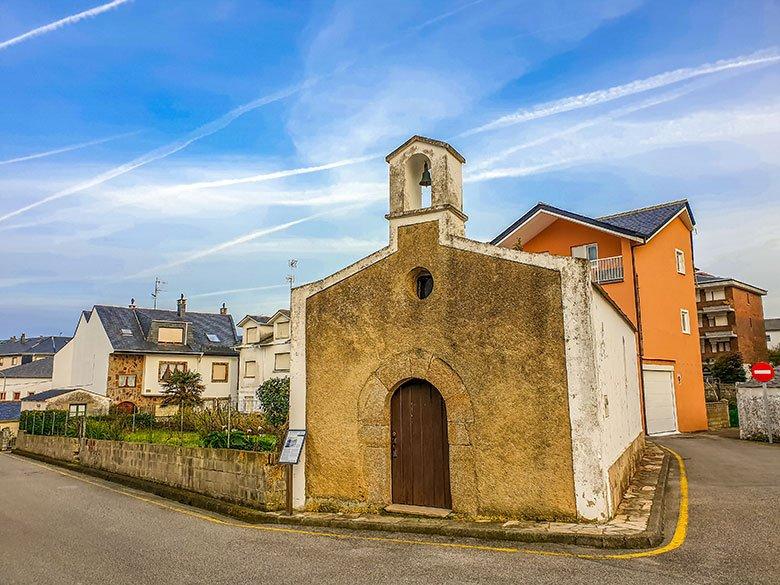
Also in the centre of the town is the Church of San Esteban, built in 1896 and dedicated to Nuestra Señora de los Dolores. It has three naves and mixes elements typical of classicism (pillars, columns, arches) and Gothic (greater height and a search for light).
Gastronomic Days of the Town of Tapia that you won't want to miss
At the end of May, the Jornadas Gastronómicas del Pincho y la Tapa, organised by the Asociación de Hostelería y Turismo de Tapia de Casariego,are held. They themselves organise the first bonitada of the summer at the beginning of July.
In August, the Festival Intercéltico d'Occidente is held, declared a Festival of Tourist Interest in the Principality since 2013, and the second Bonito Gastronomic Days organised by the Real Tapia Football Club. Once again, this club organises the Mussel and Shellfish Festival during the long weekend in December.
Some tips for visiting the town of Tapia
For some years now, some streets in the historic centre of Tapia have been reserved exclusively for residents. To avoid problems, I recommend that you try to park in the area of Anguileiro Beach (there is an overnight stay area for Ac) or near the municipal sports centre.
Tapia is one of the most touristy towns in the Principality of Asturias from Easter, when the European Surfing Championships and the memorial to Peter Gulley, the Australian who introduced the passion for surfing to the council, are held until the end of the summer. In high season it is essential to book accommodation and restaurants well in advance.
Complete your stay with other interesting visits to the west of Asturias.
The truth is that Tapia is a council that is strategically located and this means that there are many interesting places and activities to enjoy in its surroundings.
Among other possibilities, and if you are a lover of hiking and nature, there are some routes. Undoubtedly, one of the most outstanding is the Camino de la Costa, given that the Jacobean route crosses this council from east to west.
But there are also the Corn Route, the Iron and Gold Route, the Silva Lakes Route and the Coastal Path. As well as some specific routes for cycling.
And of course, you can round off your trip through western Asturias by visiting the councils of Castropol, El Franco, Navia, Coaña, Valdés and Cudillero, on the coast. And also Los Oscos and Taramundi, inland.
Charming seaside villages
There is no doubt that some other fishing villages in western Asturias are very charming. One of them is Castropol, an authentic stepped promontory at the mouth of the Eo estuary, the natural border between Asturias and Galicia.
Castropol has an interesting historic quarter, in which both civil and religious architecture stand out. Palaces and emblazoned houses, chapels, churches, squares, parks... a past of glory and splendour that will come to your attention.
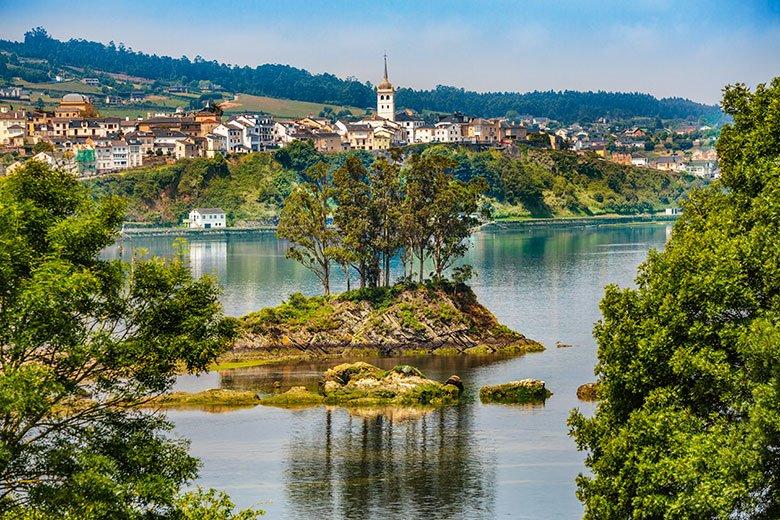
Castropol is unique for its floral carpets, which decorate its ancient streets for the Corpus Christi festivities, and also for its oysters, which are cultivated in the Eo estuary and which have their own festival. Castropol also has a striking atmosphere of rowing boats training and competing in the middle of the estuary, or its vocation for river and maritime sport, which means that the classic lateen sailing boats take to the estuary and the sea from its port. It is also common to see windsurfing - when there are good winds -, river and sea kayaking, water skiing, fishing and an endless number of possibilities, according to the natural setting of the great estuary of the Eo, where legend has it that, in its depths, two Spanish galleys laden with jewels are preserved?
Two other fishing ports of great beauty and tradition are El Porto/Viavélez, in El Franco, and Puerto de Vega, in the council of Navia.
El Porto/Viavélez is a secluded place where you will undoubtedly feel an enormous peace and relaxation, in the middle of a quiet fishing port atmosphere.
It is also a place with a literary vocation, whose name has travelled around the world thanks to the fact that its favourite daughter, the novelist Corín Tellado - the most widely read novelist in the Spanish language after Cervantes - was born in this beautiful village and you will find her birthplace here. This author also gives her name to one of the most beautiful streets in the town, which was laid out from the Cofradía de Pescadores (Fishermen's Guild).
Its port, its viewpoint and its history will make you feel at home.
Exemplary Town of Asturias in 1995, Puerto de Vega is pure romanticism on the western coast of Asturias, and its history, full of inspirational episodes of artists, is proof of this. Its surroundings are of spectacular natural and architectural beauty: the large Indian country houses with their gardens, the palace-houses, the typical Asturian mansions and a whole rural universe, colourful and authentic, are scattered around Puerto de Vega.
Numerous symbols and monuments recall the greatness of its past and its role in important episodes, such as the fortification in 1776, or the death of the enlightened Gaspar Melchor de Jovellanos in the Casona Trelles in 1811, after taking refuge in the town after a storm.
So the approach to this town is always a delight. The bars and restaurants exude the Cantabrian aromas of fish and seafood. The atmosphere is calm, and the fleet looks humble in the calm waters at the foot of the estuary.
Spectacular waterfalls
The Oneta waterfalls are in the council of Villayón, in an idyllic corner of western Asturias. To reach them you have to start from the village that gives them their name: Oneta. A pleasant, short walk will take you to discover this natural wonder, just a kilometre and a half from the village.
The waterfalls are a set of three waterfalls staggered over a few metres and that mark the river Acebo, an untamed river course that draws a landscape of rocks, pools and Atlantic vegetation. La Firbia is the most accessible and impressive of the three. Mosses and ferns grow on the rock walls and the waterfall is surrounded by oak, birch and chestnut trees.
Belowthe Firbia there are two lower but no less beautiful waterfalls: the Ulloa and the Maseirua, also surrounded by lush vegetation of ash and alder trees.
Los Oscos and Taramundi, to get to know inland western Asturias
Los Oscos and Taramundi are the inland western Asturias where many surprises await you. Los Oscos was Exemplary Town of Asturias in 2016. Villanueva, San Martín and Santa Eulalia offer wonderful landscapes and hospitality in abundance.
In Villanueva you cannot miss the monastery of Santa María and the Ecomuseum of bread; in San Martín, you must visit the Palace of Mon, around which there is a beautiful route, and in Santa Eulalia you will discover a world of ironmongers, mainly in Mazonovo, but also in the capital, Santalla, where there are numerous sculptures in homage to this activity, as well as the Museum-Birthplace of the Marquis of Sargadelos.
Taramundi, the true cradle of rural tourism in Spain, welcomes you with open arms to show you its landscapes, its knives and its mills. Don't miss the Museum of Cutlery in Pardiñas, or the Museum of Mills in Mazonovo. And of course the Ethnographic Ensemble of Os Teixois.
And with the advantage that these destinations are only half an hour's drive from Tapia!
Header photo: Gonzalo Azumendi
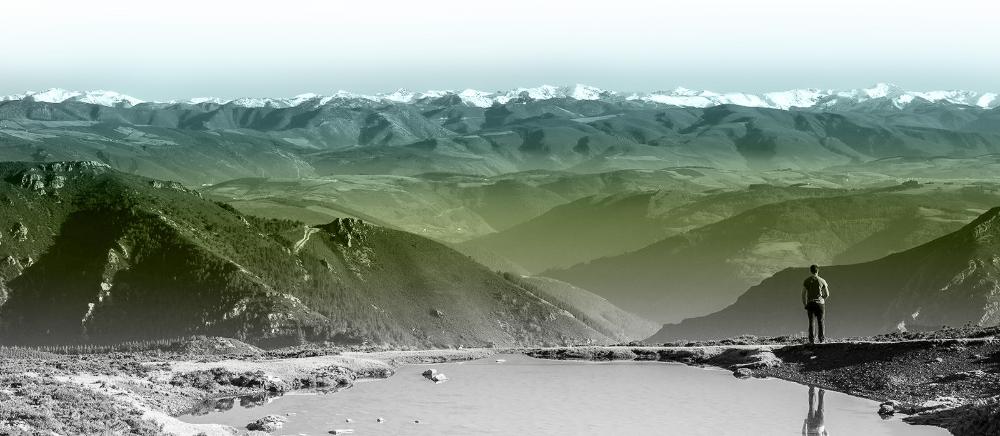
Subscribe to our newsletter and take advantage of offers, discounts, and news
Subscribe

